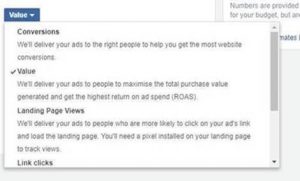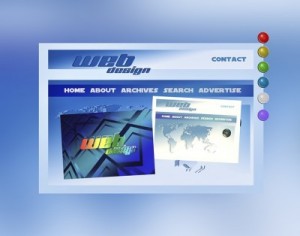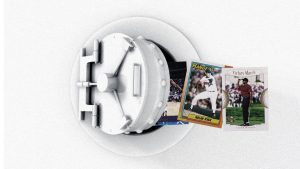Before you take the plunge, really think about if you can actually enable the new tech to its full potential.
The martech space is full of shiny things – usually with an alphabet soup flair like: CDP, DAM, DSP, iPaaS, etc. For every shiny thing, there’s a legion of salespeople and evangelists behind it. So, why wouldn’t I or you want to buy a shiny thing? We’re not crazy, right?
Here are perfectly valid reasons not to buy something shiny – even if others disagree.
Security approvals
Information security is super important, and each different organization has different threats and risk tolerances. If a shiny thing needs a lot of information about people, that’s going to raise red flags. If it needs to integrate with a bunch of other stack components, that will complicate the review. If the shiny thing offers value but requires a lot of hoop-jumping, then perhaps it’s not worth the effort.
Existing contracts
A shiny thing may do a lot of cool stuff – maybe even well. In fact, you may already have products that do those things. Feature overlaps aren’t necessarily a dealbreaker; sometimes it makes sense to have duplicate functionality. For instance, a link checker may certainly see if a site is up, but is it good enough as an uptime monitor? Having said that, some of the applicable functionality is offered by products for which there’s still considerable time left in a contract period. Thus, while the shiny thing is appealing, it may not make sense until an existing contract ends. (Pro tip: Carefully consider multi-year contracts. Sure, the vendor will give you a good deal, but what if things change – like a shiny thing comes along?)
Site speed concerns
In order to work, a shiny thing might need a script placed on a site. Every script added to a site affects its load time. Site speed is a significant factor for many other considerations such as conversion rates, UX, and SEO. The shiny thing’s salespeople will – of course – tout that it won’t add that much time, but their considerations and standards don’t match yours. There’s a chance that the shiny thing will more than compensate for what it costs in site speed, but there’s also a chance that it won’t either. You really don’t know until the script is on and operating on a site. (Pro tip: Identify other sites that use this tool. Use page speed and browser developer tools to see how it affects them.)
Stakeholder buy-in
I may see the value of a shiny thing, but I don’t work alone. There’s certainly an advantage to learning to persuade others to my perspective, but no one always prevails. There are plenty of reasons why other stakeholders may not see the same value in a shiny thing. Perhaps they used it or something like it before, but things weren’t as magical as they had expected. Maybe there are other priorities higher up the list. The company may measure its performance using metrics that the shiny thing won’t help. They, too, may have valid reasons not to drink the Kool-Aid.
Stack and integrations
Stacks are complicated! There’s so much to coordinate and integrate. Establishing a harmonious symphony takes effort, and that’s not accounting for maintaining harmony. Adding a new component takes work and commitment. In addition to the monetary costs of a shiny thing and all the work to make it work within a stack, there are all of the other associated costs of balancing competing priorities. Shiny can only justify expense and effort to a certain point.
Institutional investment
Shiny things don’t shine on their own. They require dedicated sponsorship and competent users. This involves prioritization and training along with an implementation phase. It’s not uncommon for the designated executive sponsor to also sponsor numerous other products and initiatives. They have constraints and need to act accordingly, which may come at the expense of a shiny thing. The shiny thing’s “owner” has multiple things on their plate as well, and a new out-of-the-blue project may suddenly appear that distracts from implementation and ongoing ownership. So, as shiny as a thing may be, it’s certainly not the only shiny thing.
FOMO is real. Shiny things have their boosters that make you wonder if you are missing out. However, there are many perfectly understandable reasons to not buy into the hype. Thus, before you take the plunge with a shiny thing, consider the factors above to see if you can enable a thing to shine to its potential.
Opinions expressed in this article are those of the guest author and not necessarily Marketing Land. Staff authors are listed here.
(36)






